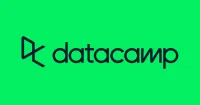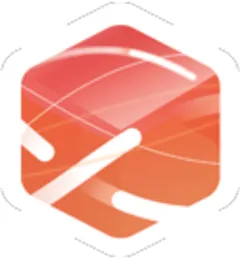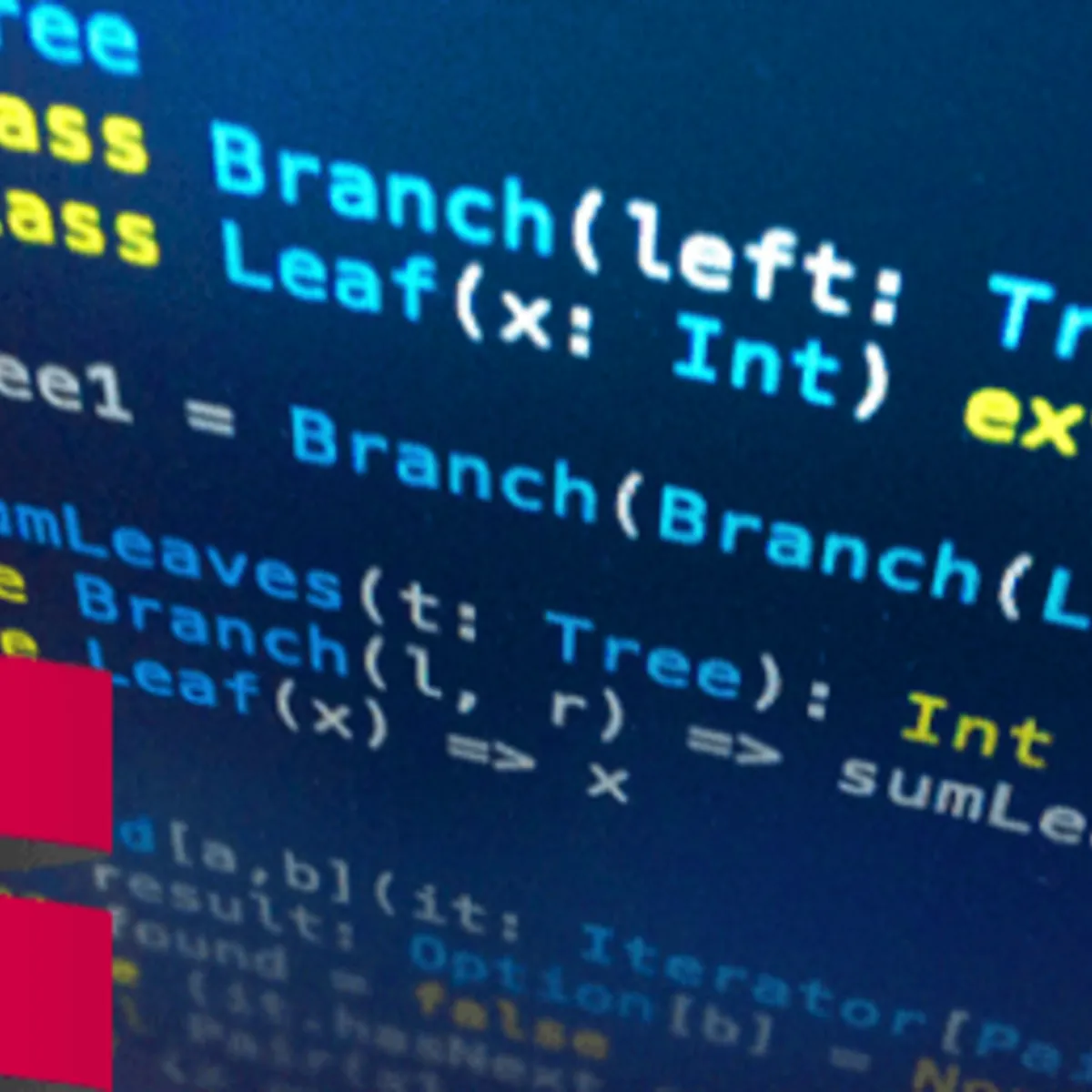
Intermediate Python for Finance 
This intermediate Python for Finance course will teach you how to use Python to analyse financial data. Learn how to create and manipulate Python datetime objects, use dictionaries to store and look up items, use Boolean logic to determine truth, control execution in if-statements and loops, and use pandas to create and access DataFrames. Discover how to interpret new data, create masks to filter data, and use plots to visualise your findings. Take your financial analysis skills to the next level with this comprehensive course. ▼
ADVERTISEMENT
Course Feature
![]() Cost:
Cost:
Free Trial
![]() Provider:
Provider:
Datacamp
![]() Certificate:
Certificate:
No Information
![]() Language:
Language:
English
Course Overview
❗The content presented here is sourced directly from Datacamp platform. For comprehensive course details, including enrollment information, simply click on the 'Go to class' link on our website.
Updated in [June 30th, 2023]
This Intermediate Python for Finance course provides an introduction to the fundamentals of Python programming for finance. Students will learn how to create and manipulate Python datetime objects to aid in the identification of key financial events such as Black Friday. They will also learn how to use Python dictionaries to store and efficiently look up items, as well as how to use Boolean logic to determine truth and how to control execution in if-statements and loops using comparison and equality operators. Additionally, students will learn how to use pandas to create and access DataFrames with financial data from other data structures such as Dicts, lists, and CSV files. Finally, students will learn how to interpret new data, create masks to filter data, and use plots to visualise their findings.
[Applications]
The application of this course can be seen in the financial industry, where it can be used to create and manipulate Python datetime objects to identify key financial events, store and efficiently look up items using Python dictionaries, use Boolean logic to determine truth and control execution in if-statements and loops, use pandas to create and access DataFrames with financial data, interpret new data, create masks to filter data, and use plots to visualise findings. Additionally, the skills learned in this course can be applied to other industries, such as data science, where the same techniques can be used to analyse and interpret data.
[Career Path]
A recommended career path for learners of Intermediate Python for Finance is a Financial Data Analyst. Financial Data Analysts are responsible for collecting, analyzing, and interpreting financial data to inform business decisions. They use their knowledge of financial markets, economic trends, and financial software to identify patterns and trends in financial data. They also use their technical skills to develop models and algorithms to predict future financial performance.
The development trend for Financial Data Analysts is to become more specialized in their field. As the financial industry becomes more complex, Financial Data Analysts need to have a deeper understanding of the data they are analyzing. They must be able to interpret and explain the data in a way that is meaningful to the business. Additionally, Financial Data Analysts must be able to use the latest technologies and software to analyze and interpret data. As the financial industry continues to evolve, Financial Data Analysts must stay up to date with the latest trends and technologies.
[Education Path]
The recommended educational path for learners of this course is to pursue a Bachelor's degree in Finance with a focus on Python programming. This degree will provide students with a comprehensive understanding of the fundamentals of finance, as well as the ability to apply Python programming to financial analysis.
The curriculum of such a degree would include courses in financial accounting, economics, financial markets, investments, and financial management. In addition, students would learn the basics of Python programming, including data structures, algorithms, and object-oriented programming. They would also learn how to use Python to manipulate financial data, create visualizations, and develop financial models.
The development trend of this degree is to focus on the application of Python programming to financial analysis. This includes the use of machine learning and artificial intelligence to develop predictive models and automate financial processes. Additionally, students will learn how to use Python to develop web applications and mobile applications for financial services. Finally, students will learn how to use Python to develop automated trading systems and algorithmic trading strategies.
Course Syllabus
Datetimes and Dictionaries
Control Flow and Logic
Pandas Dataframe
Working with NASDAQ Stock Data
Course Provider

Provider Datacamp's Stats at AZClass
Discussion and Reviews
0.0 (Based on 0 reviews)
Explore Similar Online Courses

Kindle Book Promotion: Tips To Promote Your Book Right Now

Securing Cloud with Palo Alto Networks

RDBMS PostgreSQL

Intro To PostgreSQL Databases With PgAdmin For Beginners

PostgreSQL: Client Applications

Mastering SQL using Postgresql

Database Design and Basic SQL in PostgreSQL

PostgreSQL: Advanced Queries

Spatial SQL with Postgres : A language for geographers

Learn SQL Using PostgreSQL: From Zero to Hero

PostgreSQL Essential Training


Start your review of Intermediate Python for Finance